In the vast landscape of cinema, few genres have consistently captivated audiences as profoundly as horror. Within this genre, horror indie films have carved out a unique and almost cult like following. These films often operate on modest budgets but rely on creativity, storytelling, and innovative scares to leave a lasting impression. In this article, we explore the top five most successful horror indie films, examining how they broke through the mainstream to become cultural phenomena.
1. The Blair Witch Project (1999)
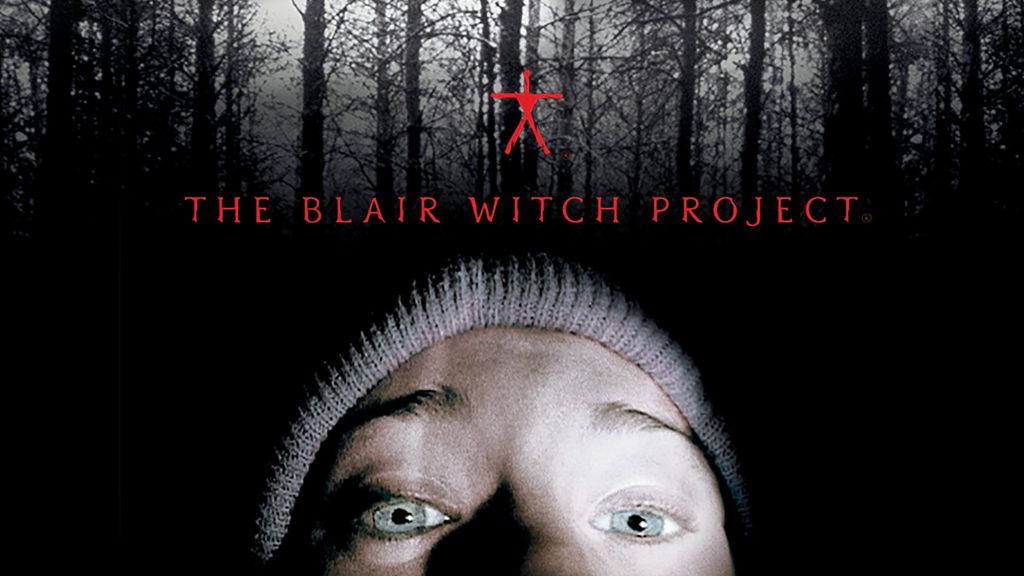
One cannot discuss horror indie films without mentioning “The Blair Witch Project.” Directed by Daniel Myrick and Eduardo Sánchez, this film revolutionized the found footage subgenre. Shot on a super small budget of around $60,000, it went on to gross nearly $250 million worldwide. The film’s marketing campaign, which utilized the internet to create a mythos around the Blair Witch, played a pivotal role in its success. The eerie, documentary-style presentation and the authentic performances of the actors contributed to an atmosphere of dread that captivated audiences. “The Blair Witch Project” is a testament to how horror indie films can leverage ingenuity when they don’t have big budgets to work with.
2. Paranormal Activity (2007)
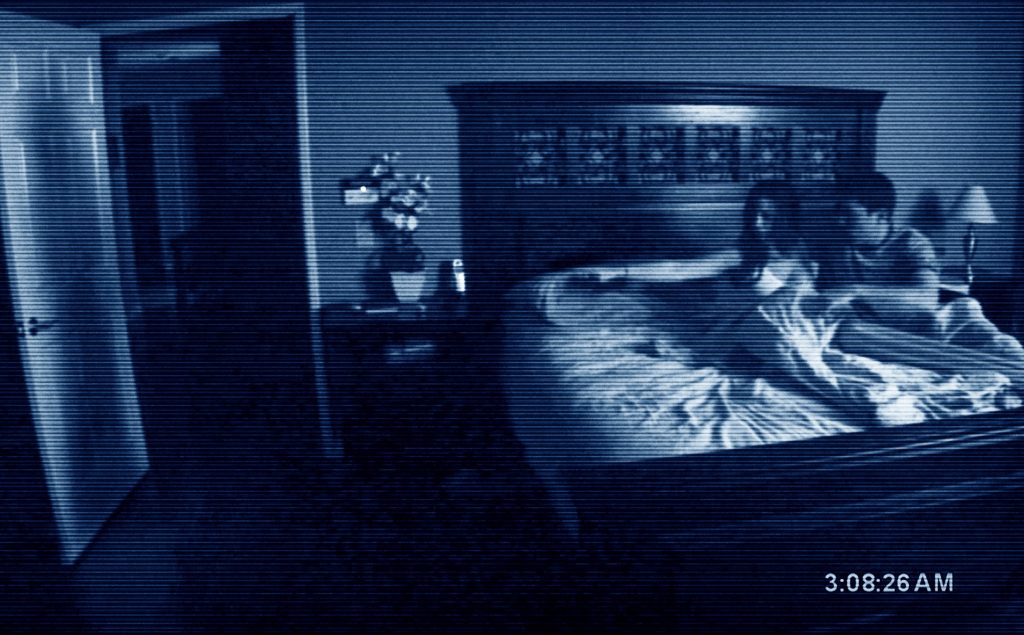
Another landmark in the realm of horror indie films is “Paranormal Activity,” directed by Oren Peli. Produced for just $15,000, it raked in over $193 million globally. The film’s minimalist approach, using security camera footage to depict a couple haunted by a supernatural presence, struck a chord with viewers. Its success sparked a franchise and demonstrated that the fear of the unknown and the unseen can be more terrifying than overt gore or special effects. “Paranormal Activity” also underscored the potential of horror indie films to achieve remarkable success through word-of-mouth and grassroots marketing.
3. Hereditary (2018)
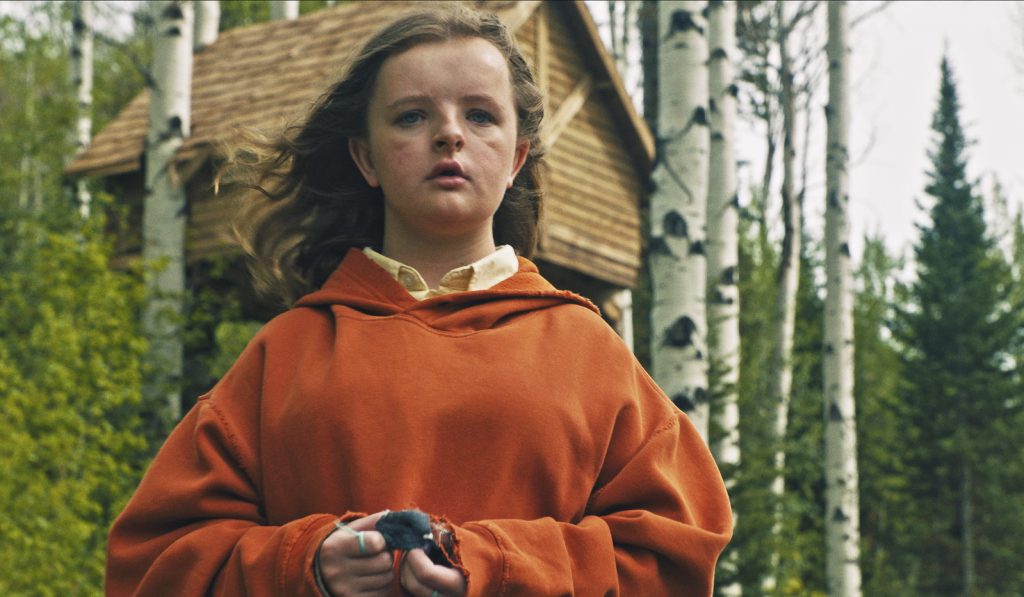
Ari Aster’s “Hereditary” is a more recent example of the power of horror indie films. Produced by A24, a company renowned for its commitment to independent filmmaking, “Hereditary” blends psychological horror with family drama to chilling effect. With a budget of $10 million, it earned over $80 million at the box office. The film’s success can be attributed to its haunting atmosphere, powerful performances (particularly by Toni Collette), and a storyline that delves deep into themes of grief, trauma, and the supernatural. “Hereditary” exemplifies how horror indie films can push genre boundaries and deliver a sophisticated narrative that resonates with audiences.
4. The Babadook (2014)
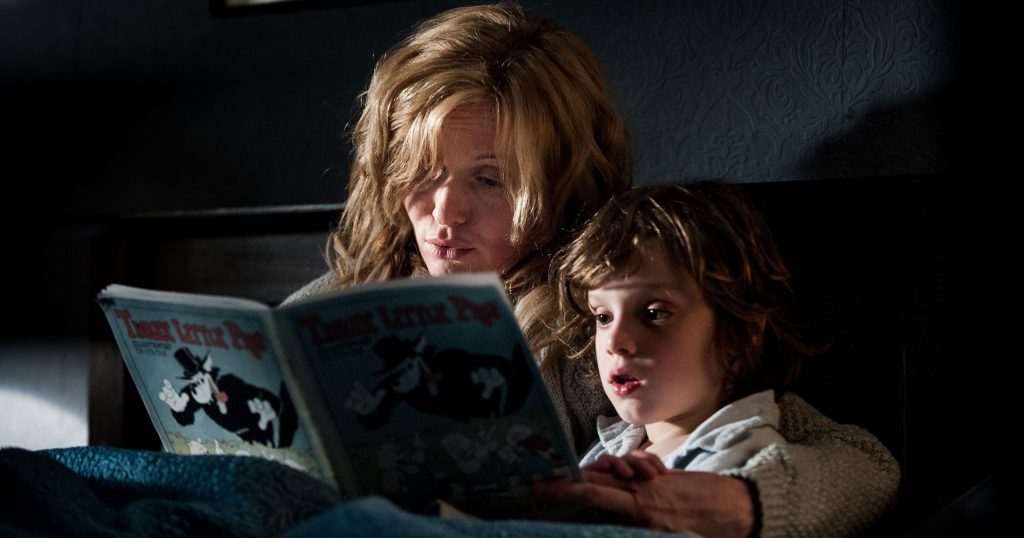
Jennifer Kent’s “The Babadook” is another standout in the world of horror indie films. This Australian film, made on a budget of $2 million, achieved critical acclaim and grossed over $10 million worldwide. The story of a mother and her son tormented by a sinister entity from a children’s book captivated audiences with its psychological depth and emotional resonance. “The Babadook” was praised for its exploration of grief and motherhood, using horror as a lens to examine real human experiences. This film highlights how horror indie films can offer more than just scares—they can provide profound, thought-provoking narratives.
5. Get Out (2017)
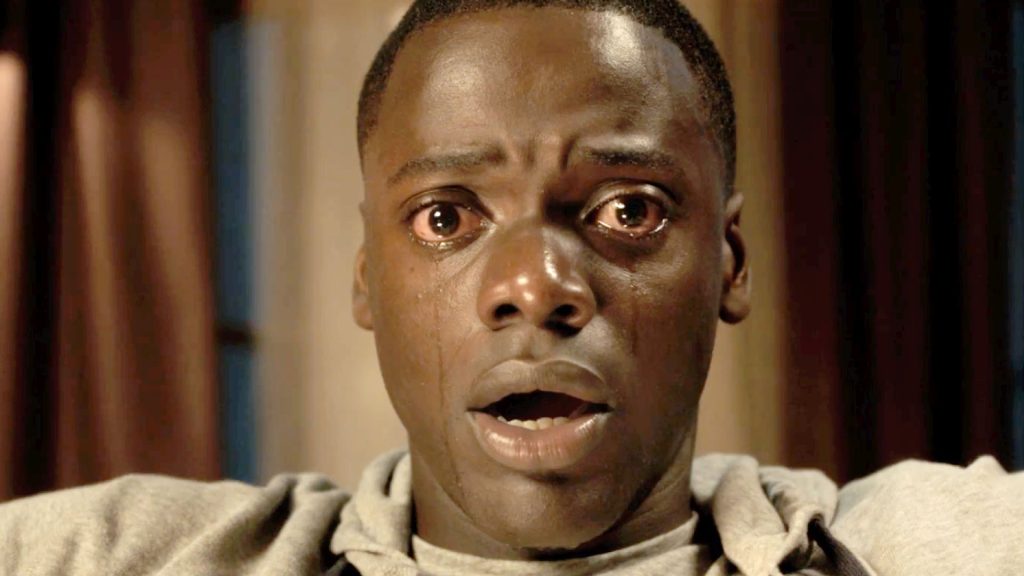
Jordan Peele’s “Get Out” is a groundbreaking example of how horror indie films can intersect with social and cultural norms. Produced for $4.5 million and grossing over $255 million globally, “Get Out” tackles issues of race, identity, and systemic oppression through the lens of a camera. Peele’s masterful direction and the film’s sharp script earned it critical acclaim, including an Academy Award for Best Original Screenplay. “Get Out” illustrates the potential of horror indie films to engage with contemporary societal/cultural issues while delivering suspense and thrills. Its success paved the way for a new wave of socially conscious horror films.
The success of these films demonstrates that the genre thrives on creativity, innovation, and a deep understanding of audience psychology. These films, despite their modest budgets, have managed to captivate audiences and achieve significant financial success. They serve as a testament to the power of independent filmmaking and the enduring appeal of horror.
Horror films continue to push the boundaries of storytelling, often taking risks that larger studios might shy away from. Their ability to create intense, immersive experiences with limited resources is a hallmark of that success. As audiences continue to seek out unique and compelling narratives, horror films will undoubtedly remain a vital and dynamic part of the cinematic landscape.
